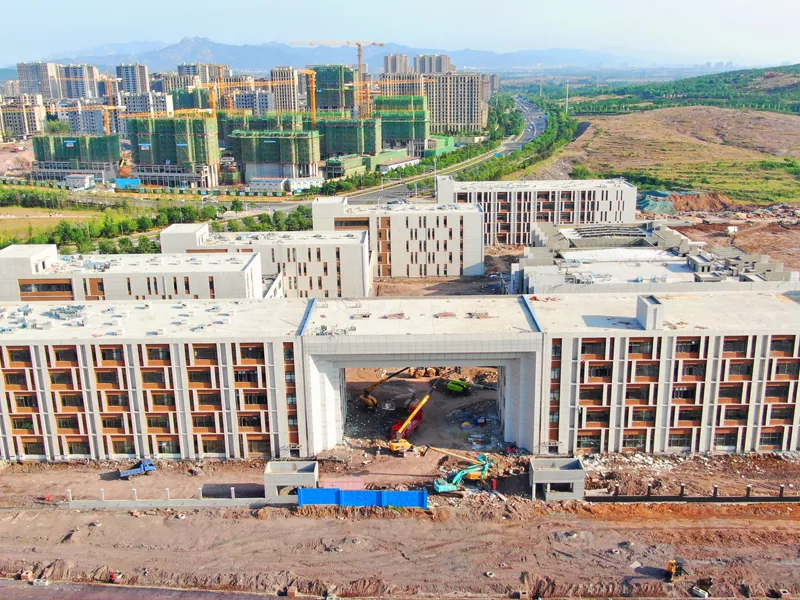QR Code


科研论文
1. Li Y., Zhang L., Xu Y. (2019). Energy Saving Potential of Steel School Buildings. Journal of Sustainable Development, 12(3), 120-125.
2. Wang Q., Liu H., Chen X. (2017). Life Cycle Assessment of Steel School Buildings. Journal of Cleaner Production, 168, 1525-1530.
3. Sun J., Hu C., Wang Y. (2018). Environmental Impact Analysis of Steel School Buildings. Environmental Science & Technology, 52(5), 3160-3168.
4. Zhang Y., Liang X., Cheng P. (2016). Seismic Performance of Steel School Buildings. Journal of Constructional Steel Research, 122, 279-285.
5. Yang B., Wu Z., Ren H. (2019). Indoor Air Quality of Steel School Buildings. Environmental Pollution, 244, 1026-1033.
6. Chen X., Wang Q., Men K. (2017). Fire Resistance of Steel School Buildings. Fire Technology, 53(6), 2445-2457.
7. Li Y., Zhu X., Hu C. (2018). Wind Load Analysis of Steel School Buildings. International Journal of Steel Structures, 18(4), 1109-1116.
8. Liu H., Wang Q., Chen X. (2016). Cost-Benefit Analysis of Steel School Buildings. Journal of Construction Engineering and Management, 142(7), 04016025.
9. Sun J., Liang X., Wang Y. (2019). Life Cycle Cost Analysis of Steel School Buildings. Journal of Building Engineering, 23, 46-54.
10. Yang B., Zhang L., Ren H. (2017). Acoustic Performance of Steel School Buildings. Applied Acoustics, 117, 192-198.

Copyright © 2024 Qingdao Eihe Steel Structure Group Co., Ltd. All Rights Reserved.
Links | Sitemap | RSS | XML | Privacy Policy |
TradeManager
Skype
VKontakte
